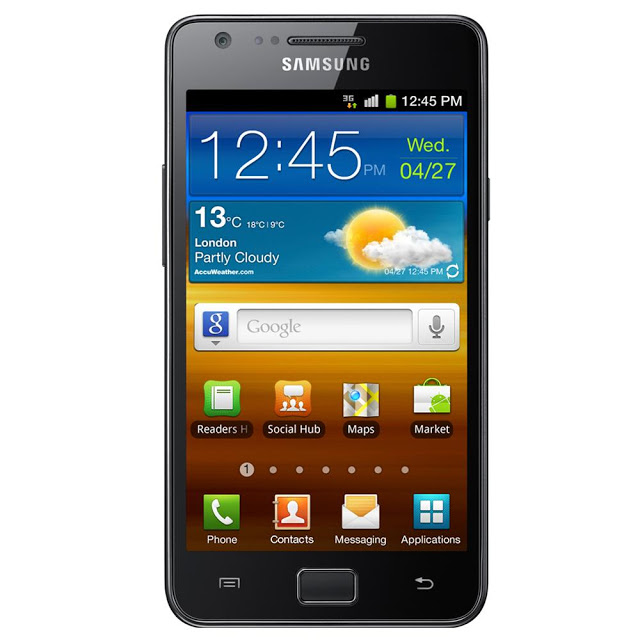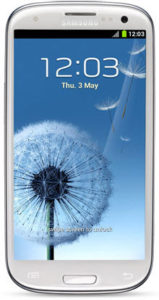
Near Field Communication has always been regarded as a cutting edge technology. You can’t throw a stone now without hitting an Android device with NFC technology. It is a secure way that devices can connect by simply bringing them together. Right now, NFC has yet to find applications in the current smartphone market. The technology is not new, although it has yet to have any big applications. However, NFC has its importance. It simply has to be present in your smartphone if you are buying it for the long run.
2. Appropriately Large Screen
You don’t need an ultra-large screen such as the one with Galaxy Mega. You don’t even need a 5.5 inch screen as in Optimus G Pro. All you need is a 5 inch screen that fits well in your pocket, such as the one Galaxy S4 has. Anything between 4.5 and 5.2 inches is perfect for a smartphone. Anything above that goes into the phablet family and should be considered a different kind of device.
If you are buying a phablet, be prepared to use it with a little bit of difficulty than a regular smartphone. Due to this reason, Asus’s PadFone and FonePad are not quite there with the customers. For a perfect combination of devices, you could have a regular smartphone, 5 inches; a tablet, 8-10 inches; and optionally a small tablet, 7 inches. A phablet is neither there nor here, and it is difficult to get by.
As we talk about large screens, so should we about smaller screens. iPhone’s 4 inch screen and BlackBerry Z10‘s 4.2 inch screen are not quite there in terms of user experience. I am not saying they are bad. They are not as perfect as HTC One‘s or Galaxy S4‘s. For such smaller screens, a smaller price is appropriate, but that is apparently not going to happen.
3. Battery That Lasts
Right now, LG G2 comes with a 3000 mAh battery that can last days even with that huge screen.

Apple iPhone 5S’s battery is only around 1500 mAh, and it is nothing compared to those on the Android devices we have. The battery is not going to give more than a day of usage, and it is just inconvenient to have such a puny battery, even with a device as light and thin as iPhone.
Apple could make iPhone a little heavier by including a larger battery and still it would be one of the thinnest and lightest smartphones out there. They obviously chose not to do that. In your upcoming phone, look for a large battery that can give you more than enough backup.
4. Fingerprint Scanner
As Apple has pioneered this, fingerprint sensors should be available on all other devices in the very near future. That is the trend. It is one thing that anyone could admire about iPhone 5S. The fingerprint scanner allows perfect security, and it is also appropriately placed for the most ergonomic use.
5. Optical Image Stabilization
This is something great on your smartphone cameras. As of now, only a few devices come with it, including HTC One, Lumia 920. Other phones, such as the iPhone provide a technology to stabilize the images, but that is not built into the camera hardware itself, and hence it is not that perfect. If you are looking for a perfect anti-shake smartphone camera, OIS is worth waiting for.
Also, if you are not quite looking for front-facing camera quality, start looking. Here is the table containing the best front-facing camera smartphones.

6. Large Pixel Cameras
Once we spoke about the camera technologies, where we mentioned the race for megapixel count has ended for good. Right now, Apple has also acknowledged the fact that the larger pixels, not the larger number of pixels create better images. HTC One was the first ever phone to revolutionize the large pixel size through its HTC One. One has a pixel size of nearly 2 microns each, called UltraPixels. With only 4 UltraPixels, HTC One camera gives us better images than the 8 MP cameras most other phones have.
With iPhone 5S, Apple has also gone with slightly larger pixels of 1.5 microns. That size is still not quite effective though. We want really large pixels. One of the upcoming phones that will have this is HTC One Max which will sport 5 UltraPixel camera.
Conclusion
If you are looking for amazing smartphones, there are a number of things that you need to have on them. A few technologies were discussed in our previous article here. Some of them are discussed here as well. Unless you are getting a perfect smartphone, there is no point in spending too much money.
[Image: Time]



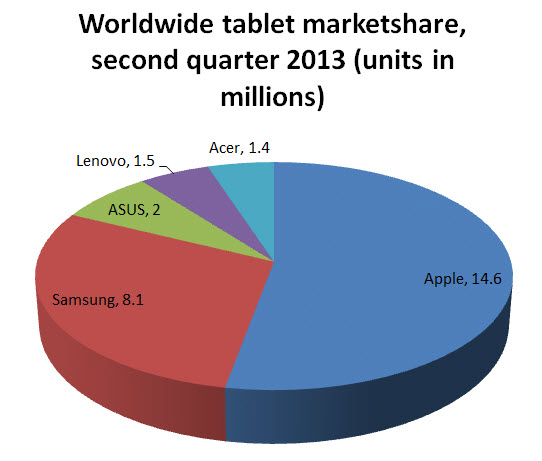



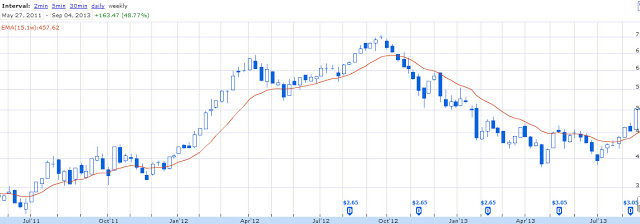



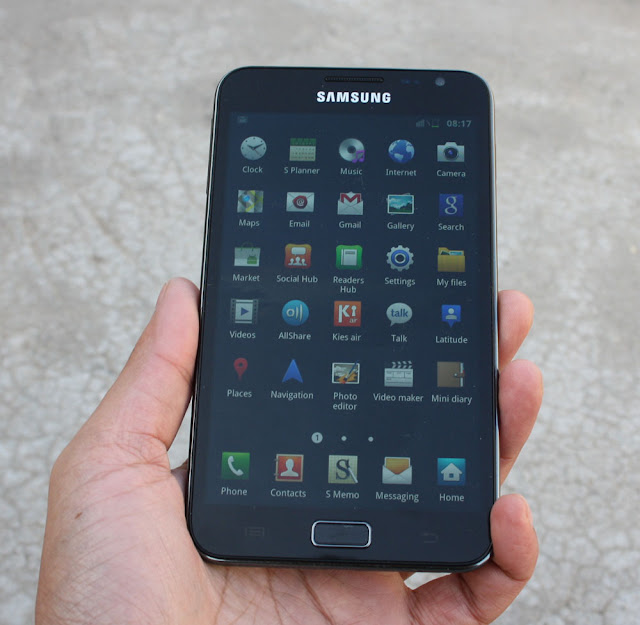




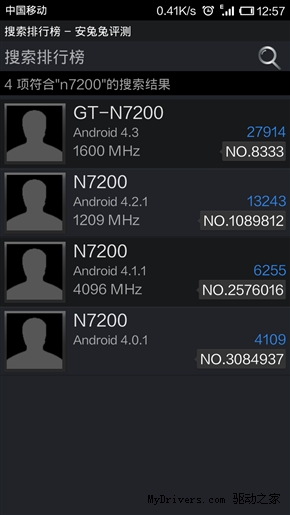

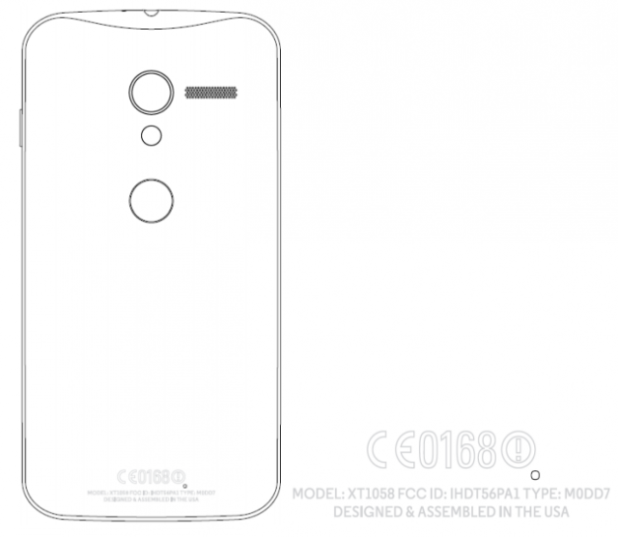
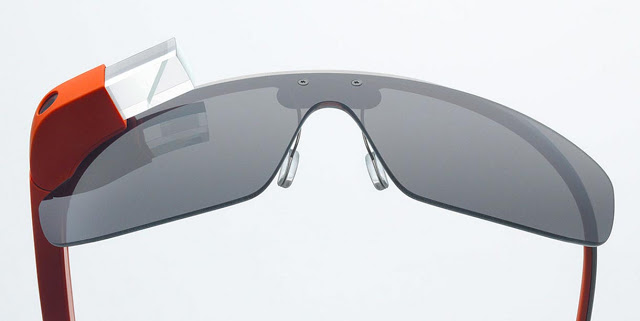 A few days ago, you may have read our post regarding the new product from Google,
A few days ago, you may have read our post regarding the new product from Google, 




